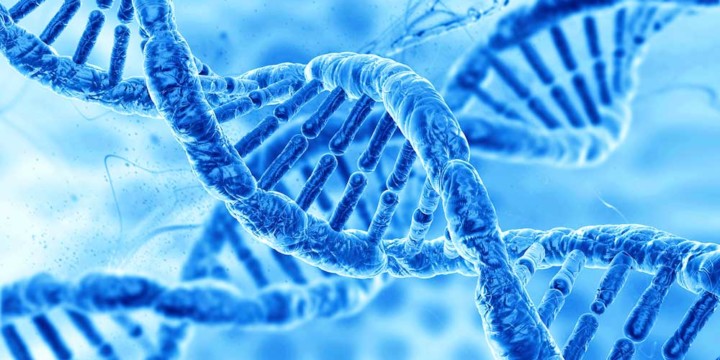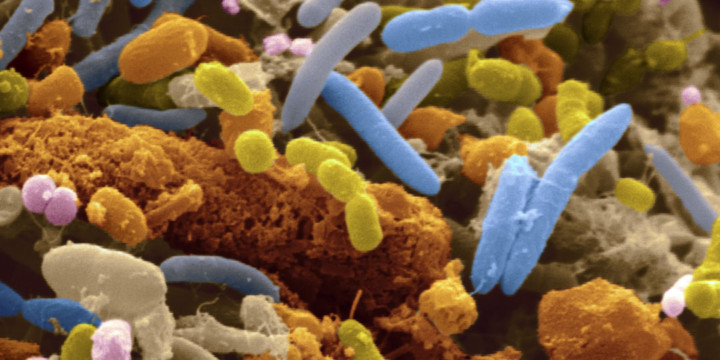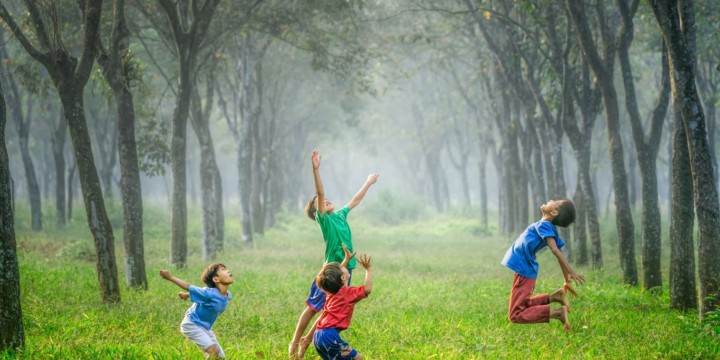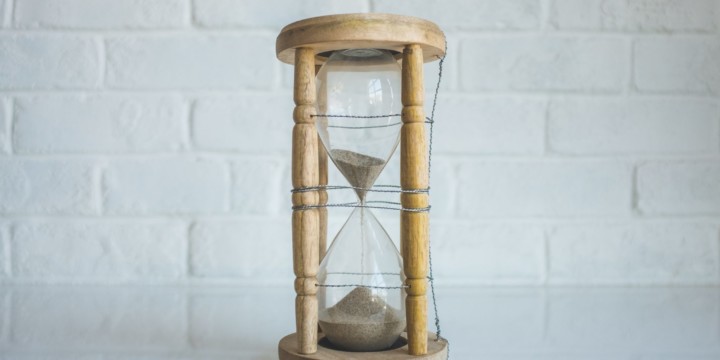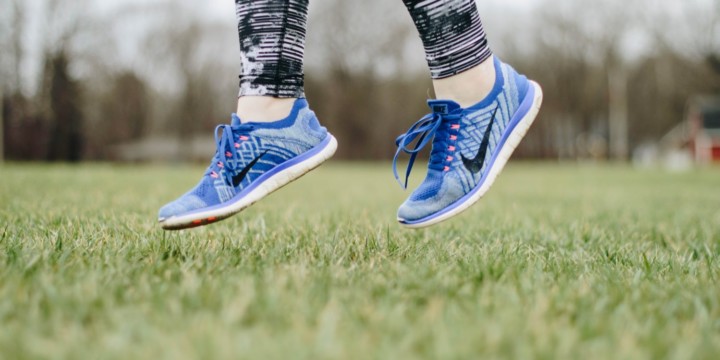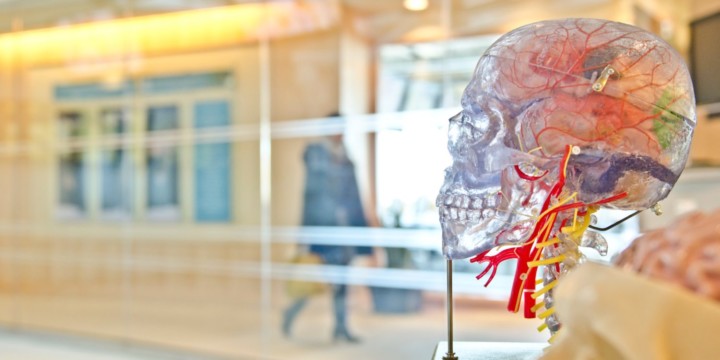Physiology of Lung Cancer
Lung cancer is one of the most common types of cancer in the modern world due to increase in pollution and toxins exposure on daily basis. Lung cancer affects the spongy filters of the body ‘lungs’ which are mainly responsible for delivering oxygen to the blood and through the blood oxygen reaches the tissues of the entire body. Cancer occurs when a normal cell undergoes mutation and multiplies abnormally causing a mass of cells called a tumor. Tumour can arise from any part of the lung or from the area surrounding the lung, cancer cells from a tumor can spread to different parts of the body through the bloodstream or through the lymphatic and this is addressed as metastasis. Smoking tends to be one of the leading causes of lung cancer.
Classification of Lung Cancer
Bases on microscopic picture and tissue of origin, lung cancers are classified into broadly 2 categories
- Small cell lung cancer (SCLC)/ oat cell carcinoma: accounts for 20% of all lung cancers. Commonly seen in smokers.
- Non-small cell lung cancer (NSCLC): accounts for 80% of all lung cancers. Consists of several types
Squamous cell carcinoma/ epidermoid carcinoma is the most common type of NSCLC
Adenocarcinoma is seen in smokers and non-smokers.
Large cell carcinoma/undifferentiated carcinoma is the least common type of NSCLC
Bronchial carcinoids/ lung neuroendocrine tumors are a slow-growing hormone-secreting tumor, mimic symptoms related to hormonal imbalance.
Stages of Lung Cancer
Staging of cancer is important to plan the treatment and access the prognosis
Non-small cell lung cancer has four main stages:
- Stage 1: Cancer is found in the lung, but it has not spread outside the lung.
- Stage 2: Cancer is found in the lung and nearby lymph nodes.
- Stage 3: Cancer is in the lung and lymph nodes in the middle of the chest.
- Stage 3A: Cancer is found in lymph nodes, but only on the same side of the chest where cancer first started growing.
- Stage 3B: Cancer has spread to lymph nodes on the opposite side of the chest or to lymph nodes above the collarbone.
- Stage 4: Cancer has spread to both lungs, into the area around the lungs, or to distant organs.
Small-cell lung cancer (SCLC) has two main stages. In the limited stage, cancer is found in only in one lung or nearby lymph nodes on the same side of the chest.
Causes
- Smoking/ passive smoking tends to be the first causative factor for lung cancer. Risk of having lung cancer is directly proportional to the number of cigarettes smoked per day for a number of years.
- Exposure to asbestos and other industrial carcinogens at the workplace is the second common causative factor.
- Exposure to Radon can cause Lung cancer. Radon is a byproduct of a breakdown of uranium in soil, rock, and water that eventually becomes part of the air you breathe.
- First-degree blood relatives suffering from lung cancer increases one’s chance of suffering the same
- Pre-existing lung disease such as chronic obstructive pulmonary disease increases one’s risk of developing lung cancer.
- Rising levels of air pollution in the environment increases one’s likelihood of developing lung cancer.
Symptoms
- Repeated chest infection with a cough, cough mixed with blood, coughing blood
- Breathlessness
- Fever of unknown origin
- Unexplained loss of weight
- Bone pain, back pain, chest pain, and recurrent fracture of the bone
Treatment of Lung cancer in Allopathy
Availability of various diagnostic tools such as X-ray, bronchoscopy, CT scan, MRI and bone scan the type of cancer and its stage is identified and appropriate treatment is planned considering the patient’s age, immune status, and tolerance level.
Primarily the treatment involves removal of a tumor or part of the lung (lobectomy) or removal of an entire lung (pneumonectomy) and the affected surrounding area, followed by chemotherapy, radiotherapy, and immunotherapy.
As with other cancers, therapy may be prescribed that is intended to be curative (removal or eradication of cancer) or palliative (measures that are unable to cure cancer but can reduce pain and suffering).
Radiotherapy uses high energy x- rays to kill the cancer cells. This therapy is used prior to surgery to reduce the size of a tumor, in inoperable cases or as a sole therapy
Chemotherapy refers to administration of drugs that stop the growth of cancer cells. Chemotherapy can be given alone or post surgery or in combination with radiotherapy.
Immunotherapy is usually considered in patients with advanced stages of lung cancer, immunotherapy drugs work by strengthening the immune system against cancer cells.
Ayurveda and lung cancer
Ayurveda describes cancer both as inflammatory and non-inflammatory swelling and mentions them as either granthi (minor neoplasm) or arbula (major neoplasm). In arbula, all three doshas that are vata, pitta, and kapha lose mutual coordination and thus cannot prevent tissue damage resulting in malignant conditions. According to ayurvedic principal abuse of nature’s law upsets the human system and ends up in a disease like cancer.
Ayurvedic treatment for lung cancer
The treatment of lung cancer in Ayurveda is targeted to reduce the symptoms associated with radiation and other allopathic treatments. The prognosis of the treatment would depend on the individual case.
Diet and Lifestyle modification
Mamsa aggravating factors such as milk, fish, meat, yogurt to be eliminated from the diet.. Bitter and salty food should also be avoided as it can add stress and aggravate the symptoms.
Overeating and daytime sleeping should be completely stopped.
Panchakarma and Shodhana Chikitsa
Shodhana chikitsa pacifies the dosha and gradually eliminates the disease. This chikitsa is used when the doshas are deep-rooted. Shodhana therapies expel the aggravated doshas from the body by the use of different types of elimination therapies called panchakarma.
It involves 5 types of cleansing techniques:
Vamana- emetic therapy
Virechana- laxative therapy
Basti- herbal enema
Nasya- nasal administration of medicines
Rakta mokshana- Blood purification
Rasayana Prayaoga (immunotherapy)
In Rasayana certain herbs, animal products and even metals are used as rejuvenating drugs for increasing the body’s defense to fight against cancer cells.
Vyadhi Pratyanika chikitsa (specific anticancer drugs)
Application of plantain (Musa paradisiaca), conch shell ash, rudraksha (Elaeocarpus tuberculatus), Black pepper (Emelia ribes) and ginger are very useful in treating cancer.
Ayurvedic medicines used to treat cancer
Mahamanjisthadi and kanchanar Guggulu restricts the growth of a tumor and prevents its spread
Ashwagandha (Withania somnifera) and Suvarna bhasma strengthen the immune system.
Hema griha ras, karpooradi churna, drakshasava prevent the spread of a tumor to other body parts.
Other Ayurvedic herbs used to treat lung cancer include
- Curcumin (Curcumin longa): has antioxidant property and prevents inflammation
- Wheatgrass (Thinopyrum intermedium): prevents the growth of cancer cell and increases immunity
- Arjuna bark (Terminalia arjuna): has antioxidant property and scavenges cancer cells.
- Pippali (piper longum): purifies the blood and cleanses the lymphatic system.
- Haritaki (Terminalia chebula): reduces free radical and has antioxidant property.
- Amalaki (Phyllanthus Emblica): balances all the three doshas.
Yoga and Pranayama
People living with cancer practicing yoga experience improved quality of life, spiritual and emotional reconnection. Various studies prove that breathing exercise (pranayama) benefit patients with lung cancer.
Yoga Asanas benefiting the patient with lung cancer are
Sarvangasana (shoulder stand pose): It energizes the body, strengthens the muscles and ligaments, stimulates circulation and refreshes the mind
Matsyasana (fish pose): known as the destroyer of all disease, strengthens the intercostal muscles
Ustrasana (camel pose): It improves the functioning capacity of the lung, strengthens the spine, and improves posture. This is a boon to the Lungs Cancer patient and it can be done with deep breathing.
Bhujangasana (cobra pose): It elevates mood, invigorates heart, relieves stress and fatigue, and improves lung function
Salabhasana (locust pose): It strengthens the intercostal muscles (muscles of the rib cage), tones abdomen and thigh.
Ardha Chakrasana (half wheel pose): It improves lung capacity and respiratory disorders, strengthens muscles of the back and reduces back pain.
Pranayamas
Pranayama is a set of control breathing techniques where the breath is intentionally altered in order to produce specific results.
Shiva Pranayama: disease destructor brings vigor and power to the body, improves lung expansion capacity and improves its efficacy.
Bhramari Pranayama: calms the mind of stress, frustration, and anger.
Naturopathy and Lung Cancer
As per naturopathy, cancer is the disease of mind, body, and spirit Naturopathy treats lung cancer by strengthening the body’s defense system to kill the cancer cells and improve the overall well being.
Generally, people take recourse to alternative therapies in the fag end of their disease. At this stage, alternative therapies can help to improve quality of life and alleviate painful symptoms.
Treatment of Lung Cancer in Naturopathy
Detox
A gentle detox is carried out to remove the toxins from the body. Vegetable and fruit juices are used for the cleansing purpose. Enema, colon hydrotherapy, mud therapy, massages, liver and kidney packs are used for removing toxins from the body.
Diet
Maintaining a healthy diet for a person suffering from cancer is vital. Eat small portions whenever you are hungry. Dietary supplements are advised to combat fatigue. Berries, mushrooms, colored vegetables and fruits must be consumed in good measures to get a natural source of antioxidants. Beverages can be replaced by green tea which boosts the immune system.
Clove or clove oil can be used in cooking as it is known to have potent anti-cancer property. Refined foods, sodas, chips need to be avoided.
Lifestyle modifications
Regular exercise can soothe the body and mind. Indulging in activities that are pleasurable like reading books, listening to music, painting, etc. can reduce stress associated with the disease.
Seeking help from cancer support group, not only opens door to latest available treatments modalities but builds up the confidence to face the situation due to interaction with various cancer patients and survivors.
Other Alternative Therapies
Acupuncture may help ease pain, nausea, and vomiting.
Yoga and meditation can help in relaxation and improve the overall quality of life in
cancer patients.
Aromatherapy is the use of essential oil in bringing balance back in the body. Essential oils can help fight disease and build immunity. It can calm your mind and alleviate some of the symptoms associated with the treatment of cancer.
Reiki is a gentle healing method to increase energy and build positivity.
Botanical herbs
Wheatgrass, Basak leaf, Garlic, Amala, Gynostemma pentaphyllum (magical grass), Terminalia arjuna bark, tulsi, and curcumin are known to have anti-cancer property.
These herbs can be incorporated into diet or could be consumed separately as a health drink.

